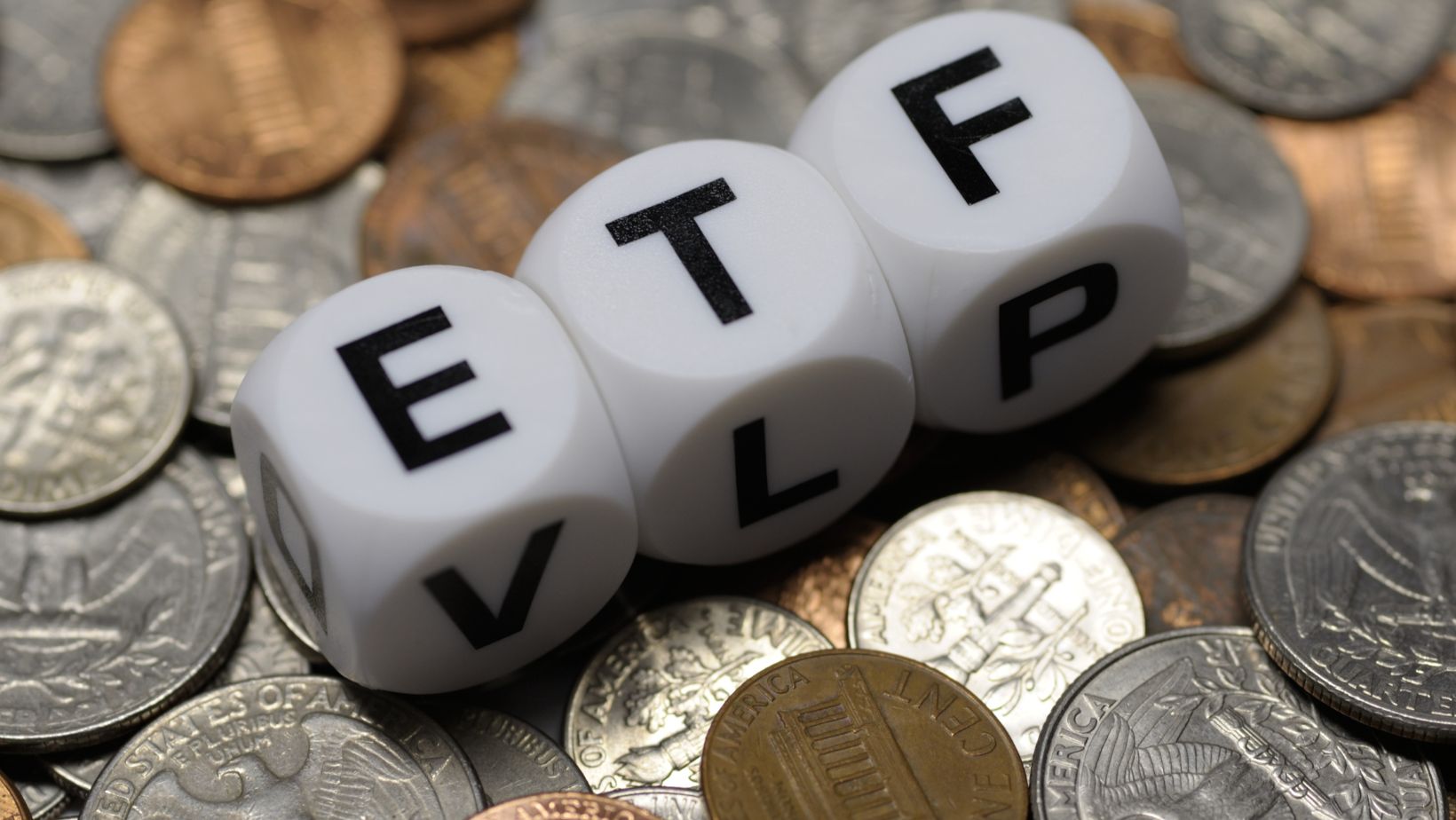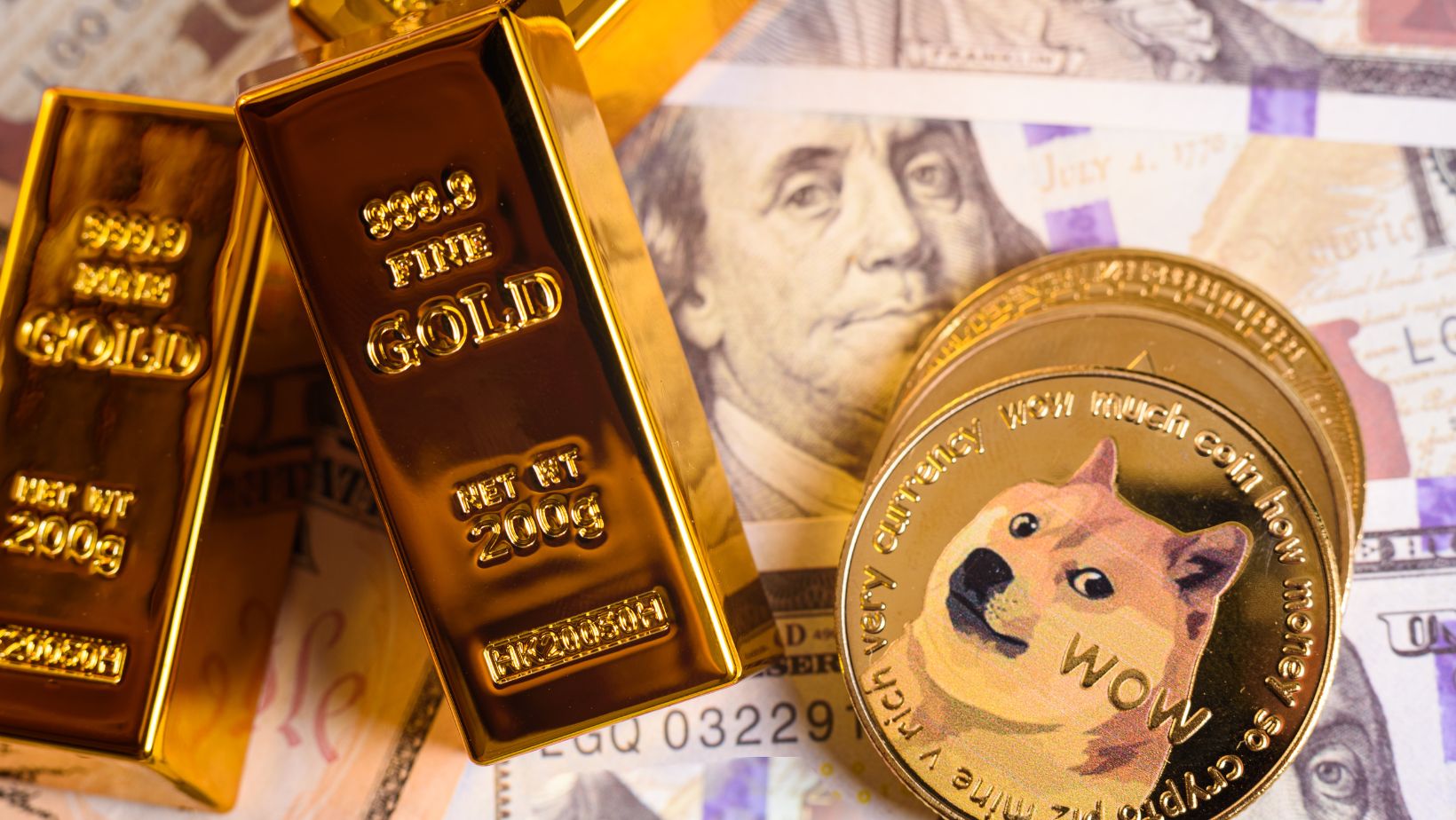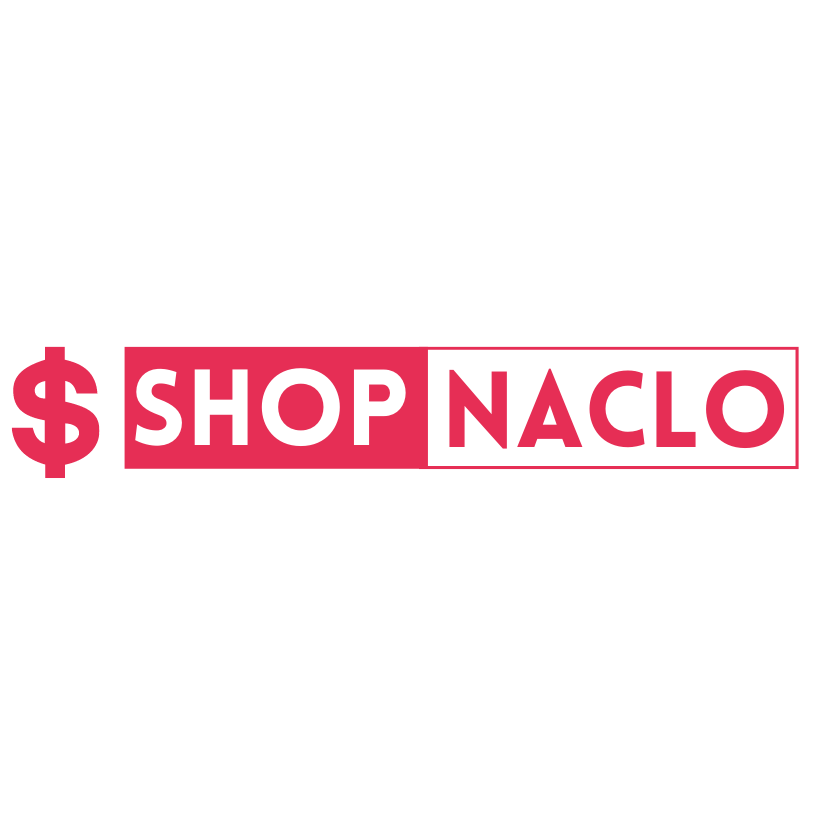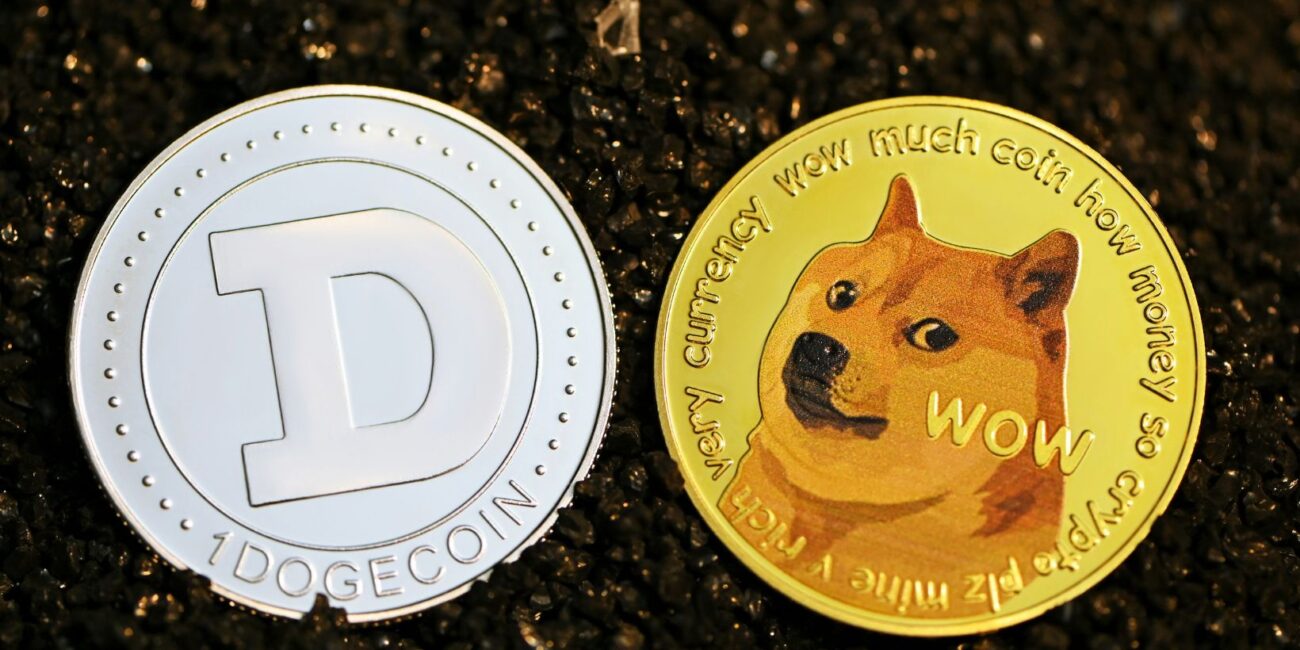Cryptocurrencies are one of the most vibrant and fast-paced trading sectors in the world, with fluctuations and volatility being key features of the marketplace. The investors are accustomed to the risks, and most have developed strategies to reduce the likelihood of losses and ensure their revenue streams remain relatively consistent. But it’s not just the coins themselves that investors are interested in. Blockchains hold a wide range of products people can buy, sell, or trade, such as non-fungible tokens and Ordinals. Meme coins, of which Dogecoin is the most important and successful representative, have become increasingly popular over the last few months as well.
Their prices are much lower than those of standard cyber currencies, making them more attractive to beginner investors who want to join the marketplace without the risk of losing a great deal of money. There’s also the fact that they are based pretty much entirely on hype and Internet jokes, meaning that investors feel like they’re part of a community. Exchange-traded funds have become prominent in the crypto ecosystem since last year, when they were officially approved in the case of both Bitcoin and Ethereum. In 2025, it seems like it is the turn of meme coins to enjoy the benefits ETFs have to offer.
What are ETFs?
Exchange-traded funds are investment funds holding several underlying assets that can be purchased or sold on an exchange in the same way as individual assets. They can be structured in such a way that they track anything, including diverse collections of stocks and the price of commodities. In the case of cryptocurrencies, the assets track the price performance of digital coins. The reason why they’ve become increasingly popular over the last twelve months is that they give traders the opportunity to interact with the cryptocurrency marketplace via their holdings.

It’s taken over a decade of regulatory wrangling to get here, so the moment these holdings received the green light, the prices spiked as well. Retail investors are interested in them as well because they allow them to access cryptocurrencies without actually owning the assets. Since prices change so often in this ecosystem and corporations would understandably not want to be involved in ventures that carry such a significant amount of risk, it makes sense why ETFs have become so popular. The exchange-traded funds associated with cryptocurrencies nonetheless have higher fees than their peers, which are connected to standard assets.
What is Dogecoin?
Dogecoin is the first meme coin to enter the marketplace, a peer-to-peer, open-source asset. It was launched in December 2013 with the image of a Shiba Inu dog known as Kabosy as its logo. The coin’s underlying technology is derived from Litecoin, it uses the Scrypt algorithm, and has an unlimited supply. Over the years, Doge has accumulated a community of staunch fans and supporters who use it as a tipping currency for content on social media as well as a reliable trading venture. Although it is a meme coin and therefore devoid of any value according to detractors, Dogecoin has proved that it has several use cases.
Many retailers accept it as a payment, and it can be used to store value if you have an efficient strategy. Development remains ongoing as well, so it will most likely become even more useful in the future. Bitcoin itself wasn’t incredibly valuable when it was first released, with some believing that it would never amount to anything, but it is now one of the most important holdings in the world, with performance rates far exceeding those of some traditional assets.
Dogecoin ETFs
21Shares is a financial institution located in Zürich, Switzerland. It provides a large suite of crypto ETFs for customers with the aim of making blockchain transactions more accessible for investors from all over the world. The company is composed of researchers, engineers, and entrepreneurs who are working to bridge the gap between traditional and decentralized finance practices. In April 2025, they revealed that they had filed with the United States Securities and Exchange Commission in order to launch a spot Doge ETF. Other companies such as Grayscale and Bitwise did the same, so 21Shares’s decision has to do with remaining competitive in the ecosystem as well.

The asset would track the coin’s price, with House of Doge, Dogecoin Foundation’s corporate arm, already saying that they plan on assisting with marketing for the fund. It is still too early to know about the stock exchange, ticker, and the specific fee associated with the transaction, but investors nonetheless anticipate an announcement. Dogecoin is the eighth-largest crypto coin in the world, having a market cap level of $24.2 billion. 21Shares already offers spot BTC and ETH funds, and experts believe that issuers will attempt to launch many different things and wait to see what sticks in the end.
House of Doge
The House of Doge is a relatively new addition to the Dogecoin ecosystem. It is essentially a commercialization partner that is set to bring Dogecoin to the mainstream, make it more attractive for large corporations, enterprises, and organizations, and ensure that both brands and members of the general public are familiar with the asset and its mission. House of Doge will also leverage the tech required to integrate the meme coin in businesses and institutions, which will boost adoption rates and increase utility at the same time.
The idea behind this project is to support the larger Dogecoin network. Mining is part of the plan as well, with the service looking to raise millions of dollars in order to assemble the largest Doge mining operation in the US. The goal is 10K ASICs by the end of 2025, so the hash-power remains strong and the community stays engaged and interested.
If you’re a trader and have been thinking about integrating Doge into your portfolio, you need to keep in mind that fluctuations remain strong. Learn to analyze the market and create a strategy customized to your needs and financial requirements. It is the only way to remain profitable.



